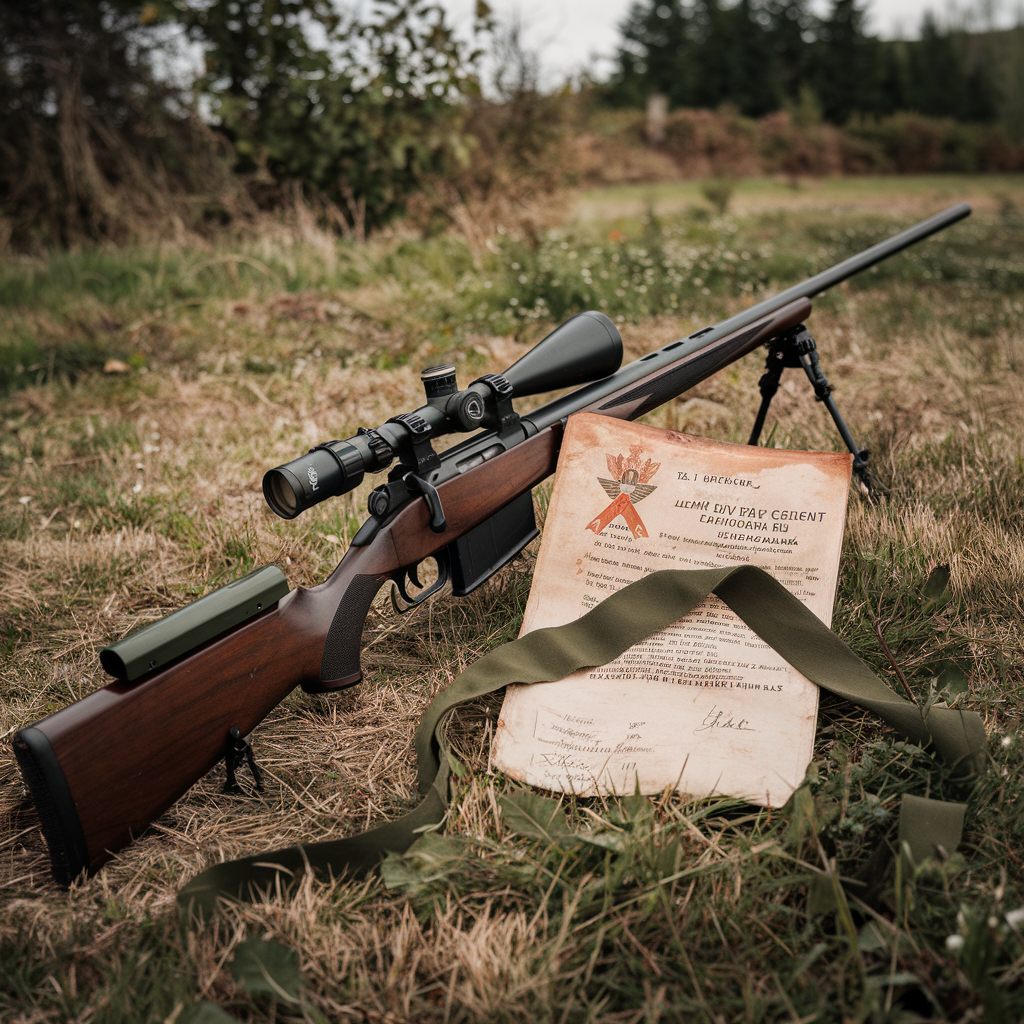The Role of Marksmanship in Military History

Marksmanship has played a pivotal role in shaping military history. From ancient battlefields to modern-day conflicts, the ability to accurately fire a projectile has often determined the outcomes of wars and the fate of nations. Understanding the historical significance of marksmanship allows us to appreciate its impact on military strategy, technological advancements, and the lives of those who served.
The Evolution of Marksmanship in Warfare
The concept of marksmanship can be traced back to early human history. Even primitive tools like slings and bows demanded skill and precision. Over time, these weapons evolved, leading to the development of firearms in the 14th century. This innovation marked a turning point in the art of war, as accurate shooting became a critical factor in combat effectiveness.
During the early days of firearm use, muskets required extensive training to yield consistent results. Soldiers had to learn techniques such as steady aiming, proper stance, and controlled breathing. By the 18th century, the rise of rifled muskets—featuring grooves inside the barrel for increased accuracy—amplified the importance of marksmanship on the battlefield.
Marksmanship’s Role in Historic Battles
History offers countless examples of battles in which superior marksmanship played a decisive role:
- The American Revolution: Colonial militias leveraged their sharpshooting skills to counter the British military’s organized formations. Marksmen often used their rifles to target officers, disrupting enemy leadership.
- The Napoleonic Wars: The British employed specialized rifle units, like the 95th Rifles, whose sharpshooters used advanced weaponry to harass enemy forces from a distance.
- The American Civil War: Confederate and Union forces recognized the critical role of accurate shooting. Snipers equipped with Whitworth rifles were used to devastating effect by the South.
In each of these conflicts, the ability to deliver precise and effective shots shifted the momentum of battles, underscoring the importance of training and technological innovation.
The Technological Advancements that Shaped Marksmanship
The evolution of firearms directly influenced marksmanship. As weapons became more sophisticated, they allowed soldiers to engage enemies with greater accuracy at extended ranges. Key technological advancements include:
- Introduction of Rifling: The grooves within a rifle barrel increased spin and trajectory stability, significantly improving accuracy.
- Metallic Cartridges: The development of cartridges streamlined loading and firing processes, reducing the time between shots.
- Telescopic Sights: The introduction of optical sights revolutionized sharpshooting. Marksmen equipped with scopes gained an unparalleled ability to hit distant targets.
- Semi-Automatic and Automatic Firearms: These innovations enhanced a soldier’s ability to deliver rapid, accurate fire in combat situations.
Modern armies rely on these advancements to train and equip marksmen, showcasing the enduring relevance of precision shooting in military operations.
The Role of Marksmanship Training in Military Success
Marksmanship training has become a cornerstone of military preparation. Soldiers must acquire the skills to accurately fire their weapons under various conditions, including stress and fatigue. Key components of marksmanship training include:
- Zeroing: Ensuring a weapon’s sights are properly aligned for accurate targeting.
- Position Training: Learning to shoot from prone, kneeling, and standing positions for versatility in combat scenarios.
- Trigger Discipline: Mastering controlled trigger pulls to reduce movement and maintain accuracy.
Continuous practice, combined with rigorous assessment, ensures soldiers are prepared for the challenges of modern warfare.
Marksmen in Modern Military Operations
Today’s armed forces continue to rely on skilled marksmen. Designated marksmen and snipers provide essential support to infantry units, offering long-range precision and reconnaissance capabilities. Their roles include:
- Eliminating high-value targets without engaging in direct combat.
- Conducting surveillance to gather critical intelligence.
- Providing overwatch to protect advancing troops.
Modern snipers use cutting-edge technology, such as advanced optics, rangefinders, and ballistics calculators, to achieve unparalleled accuracy. Their contributions exemplify how marksmanship remains a core element of military success.
Conclusion: The Enduring Legacy of Marksmanship
As we reflect on the role of marksmanship in military history, it is clear that precision shooting has shaped not only warfare but also the trajectory of human events. From its humble beginnings with rudimentary weapons to its current status as a defining skill in modern armed forces, marksmanship exemplifies the intersection of skill, technology, and strategy.
For firearm enthusiasts, studying the history and techniques of marksmanship provides valuable insights into the craftsmanship, discipline, and innovation that define this timeless skill. Whether you’re a historian, a marksman, or a casual learner, understanding the legacy of precision shooting offers a deeper appreciation for the soldiers and advancements that have made history.


